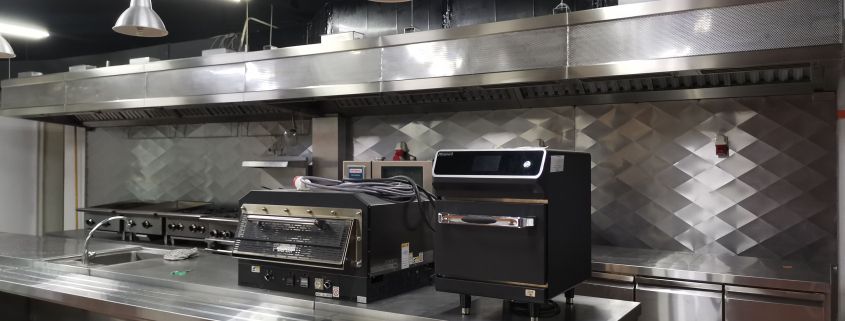TYPES OF METAL IN F&B
Imagine a commercial kitchen with no stainless steel or aluminium. Weird isn’t it? That’s because stainless steel and aluminium are the most commonly used metals in foodservice. Especially stainless steel as there is more choices to choose from. The popular choice with various grades consists of 304, 316, 409 and 439.

Stainless Steel
Thanks to this composition, stainless steel is rust-, scratch- and dent-resistant. It is also a natural choice for equipment that comes into close contact with food as it can withstand moderate levels of exposure to moisture, chemicals, and food.
2 types of stainless steel can be categorized into:
300-series stainless steel
Made with chromium and nickel, the alloy’s molecules are arranged into a crystal pattern, making it austenitic and therefore non-magnetic.
Grade 304 and 316 are both the most commonly used stainless steel thanks to their smooth. Shiny, easy-to-clean surface.

400-series steel
Contains chromium, and trace amounts of nickel and other elements.
Aluminium
his is the second-most-common metal after stainless steel and is less expensive. Most often used for cooking surfaces such as baking trays.
The 3 main types of aluminium consist of:
1100: Softest type of aluminium, easier to form into a variety of shapes. However, likely to get scratching, warping, and denting.
3003: More durable, ideal for medium-duty cookware.
3004: The heaviest-duty aluminium.
Other metals also consist of cast iron that is usually used for heavy components like gas burners and grates. Copper for its ability to conduct heat and electricity that is best for cooking and roasting. Galvanized steel, often used to build the bottom panels of cooking equipment.



